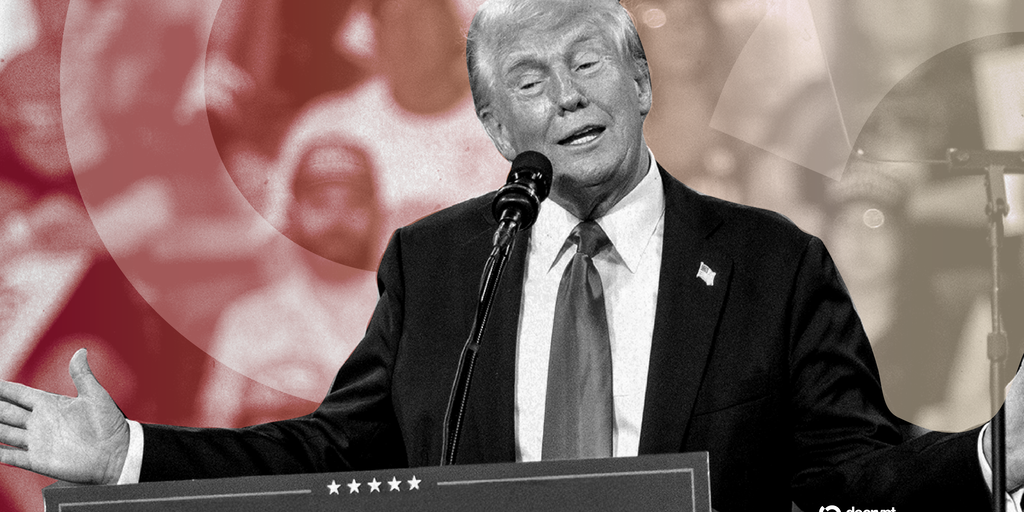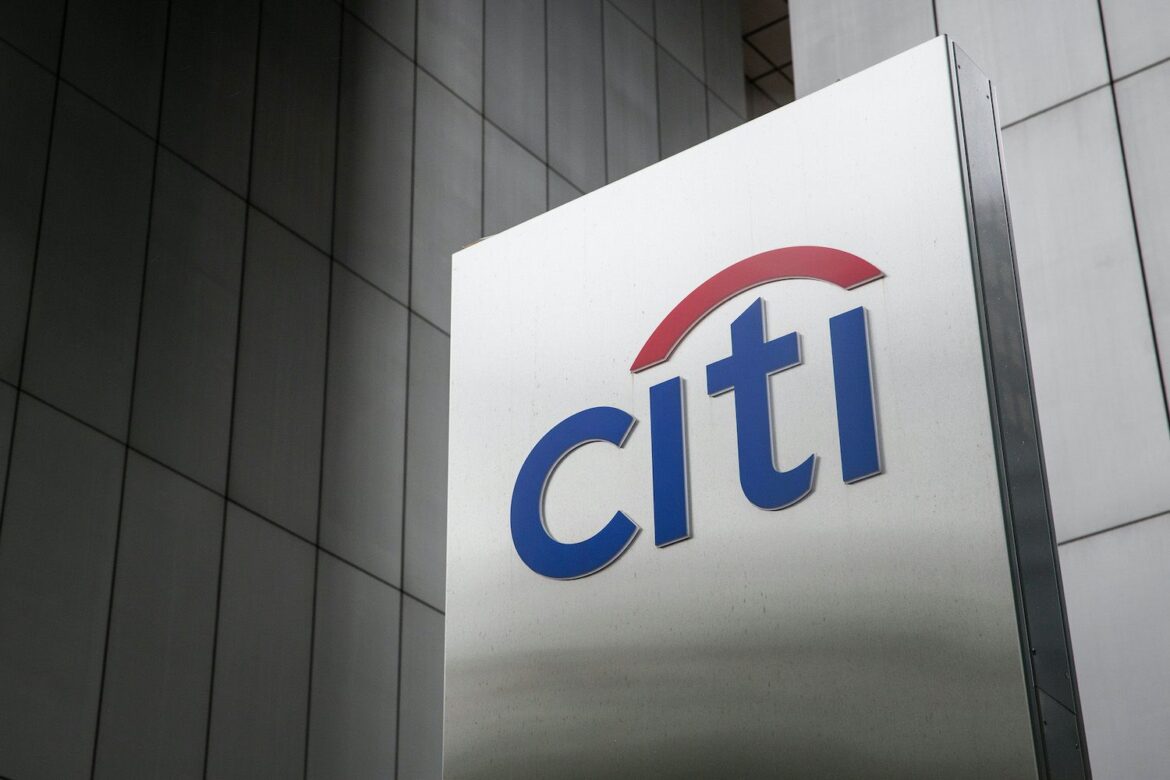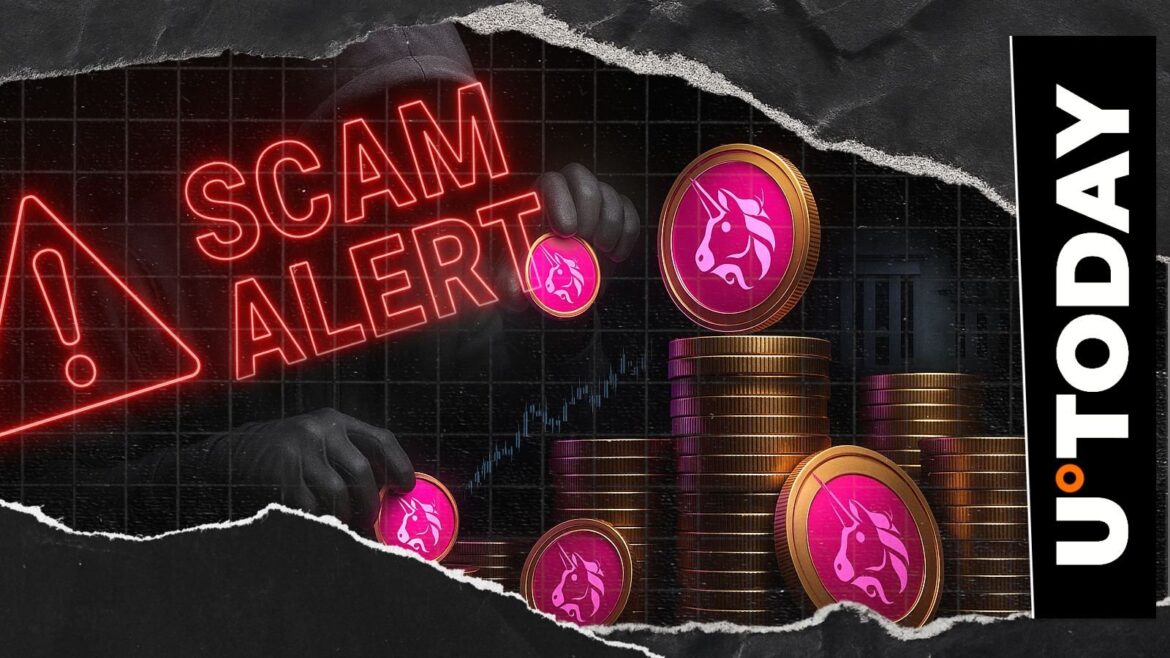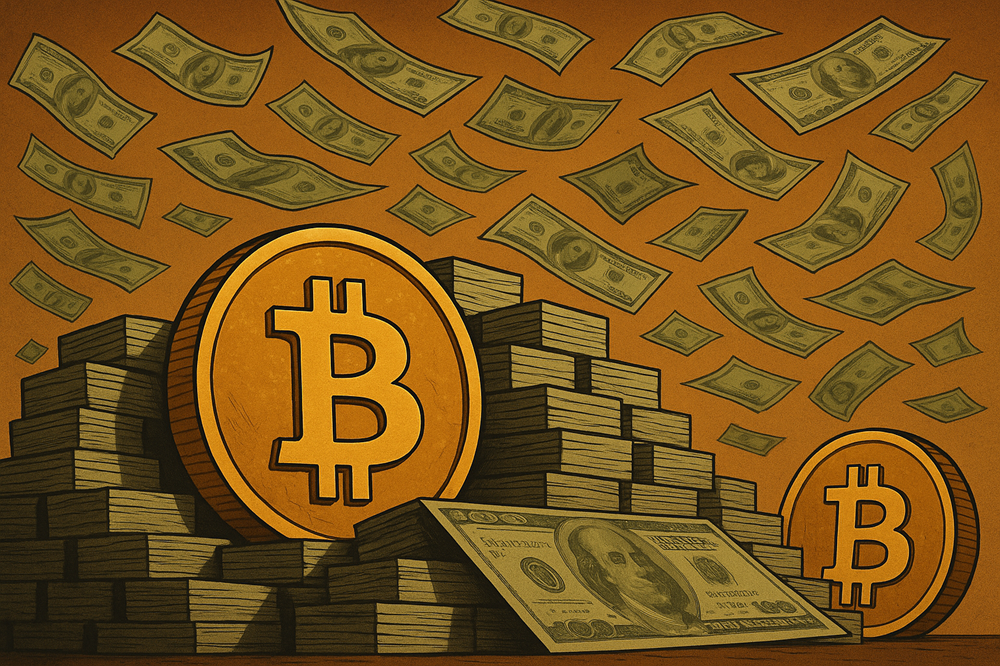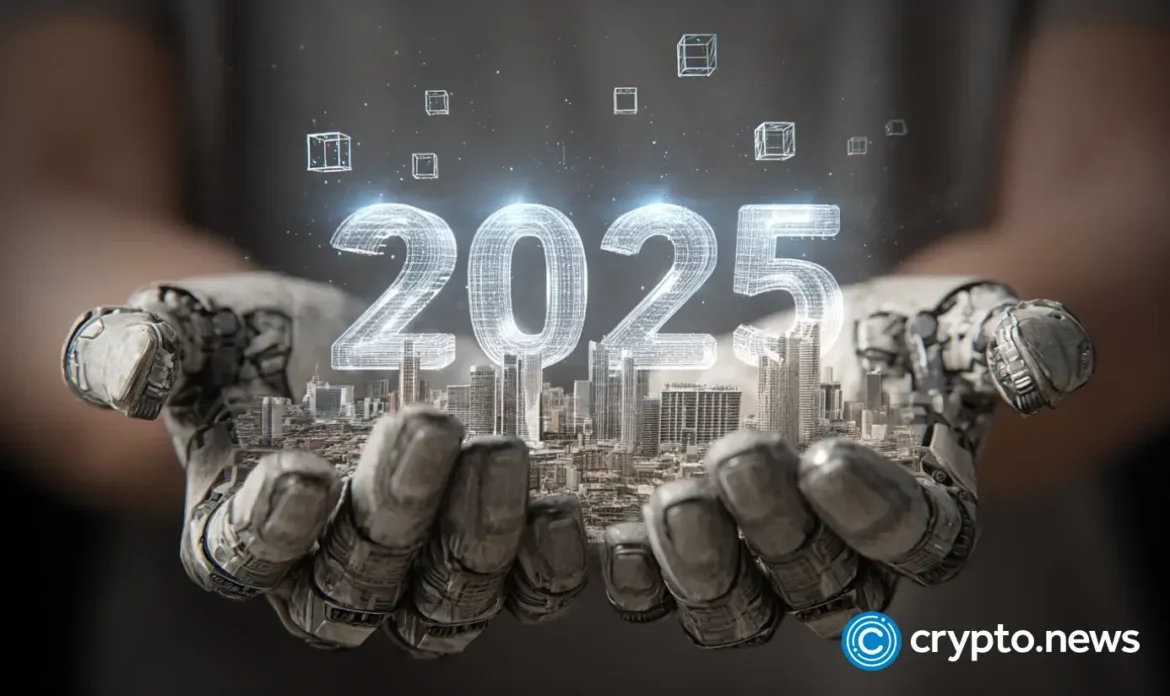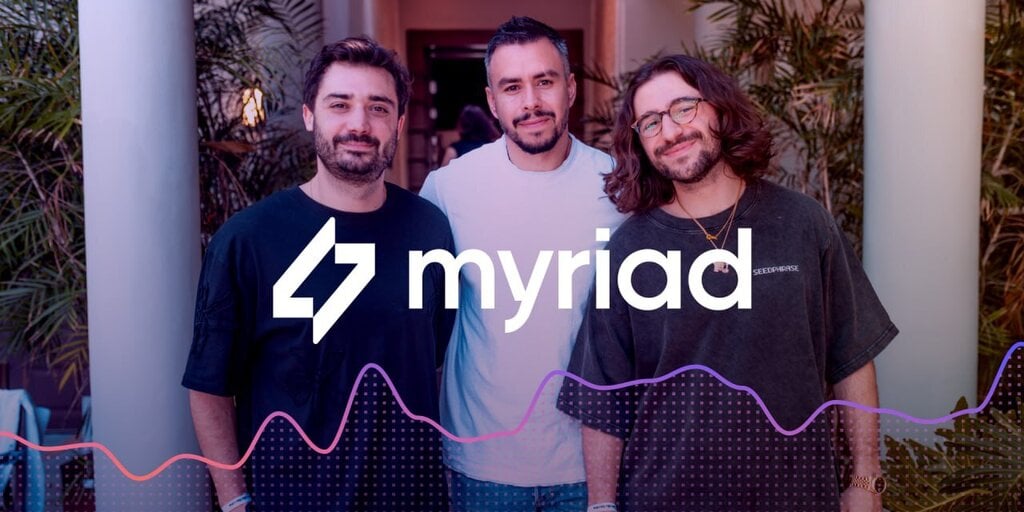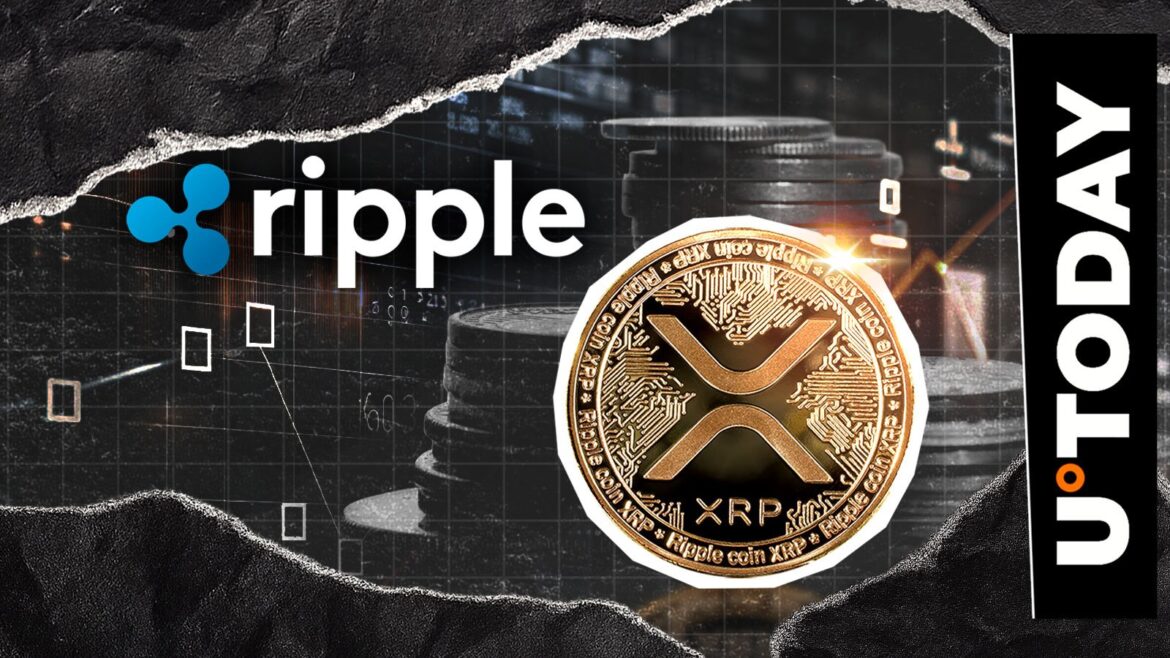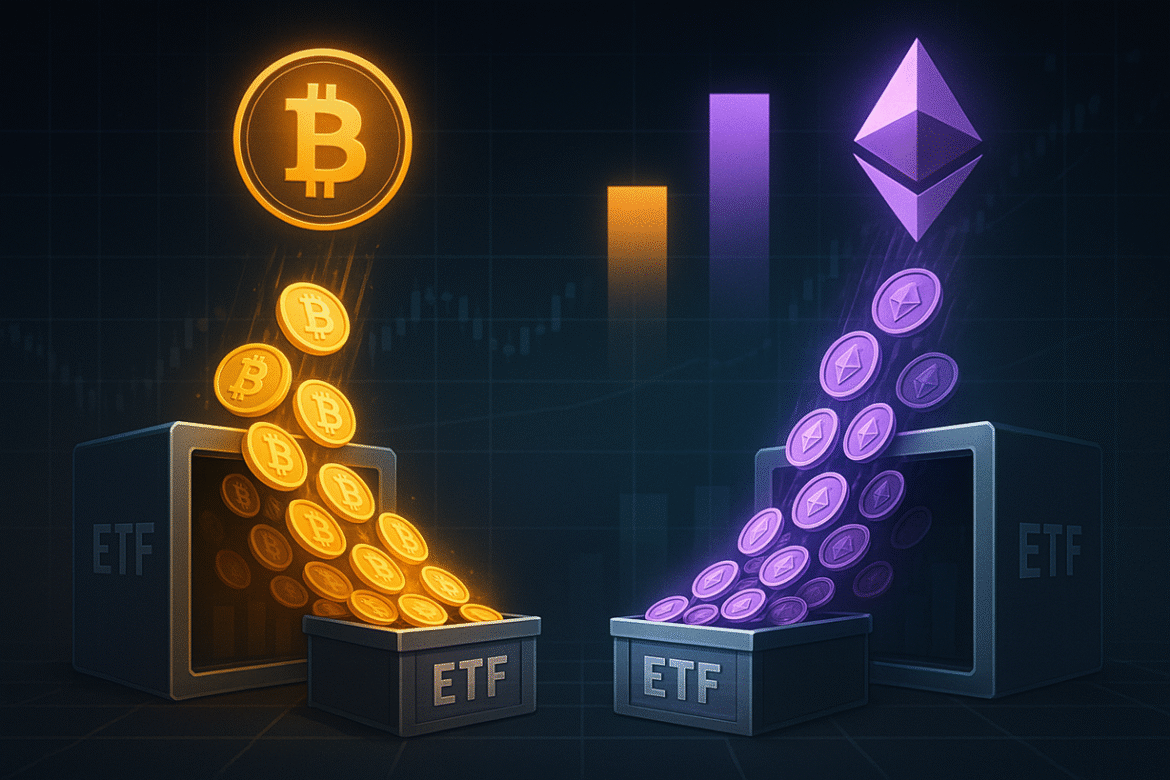Morning Minute is a daily newsletter written by Tyler Warner. The analysis and opinions expressed are his own and do not necessarily reflect those of Decrypt. Subscribe to the Morning Minute on Substack.
GM!
Today’s top news:
- Crypto majors slightly green out of long weekend; BTC at $110,000
- Trump family WLFI token has volatile debut, now at $25B FDV
- BMNR discloses $8.98B in crypto holdings + cash on hand
- Hyperliquid posts $100M in monthly revenue, new ATH
- Pudgy Party reaches top 10 in iOS Free Games rankings
🇺🇸🦅 Trump Family’s WLFI Goes Live
The Trump family has officially launched another token.
And added nearly $6B in paper wealth to the family stack.
📌 What Happened
Within hours, the token ranked among the most valuable new coins by market cap, while disclosures indicate the Trump family holds 22.5B WLFI (worth ~$6B at current prices (tokens are locked under a TBD vesting schedule).
Quick TL;DR on WLFI:
- Chain & design: WLFI is an Ethereum token tied to World Liberty’s planned lending/borrowing platform (the DeFi app itself hasn’t launched yet)
- Early trading stats: WLFI was trading in the $30B-$40B FDV range on Hyperliquid premarket before going down only on Monday
- Sale history: Public rounds priced WLFI at $0.015 and $0.05, raising ~$500–$550M, meaning early buyers were up ~1,700% at peak intraday prices
- Float & locks: ~24.7B WLFI circulating out of 100B total supply; 33.5B team tokens are locked with vesting TBD (family’s 22.5B WLFI are included in locked holdings)
- Ecosystem tie-ins: WLFI sits alongside the project’s dollar stablecoin USD1, already live and listed among major stables
As for price action, the token opened around $0.35 before falling all the way to $0.21 and rebounding to $0.25 overnight.
A volatile start, and expect more volatility as new proposals like the late evening token buyback and burn proposal continue to push through.
🗣️ What They’re Saying
“We are now live!!!! Our team has always believed in American strength and leadership. With today’s WLFI token launch, we’re setting a new standard for financial freedom; built on trust, speed, and U.S. values. This is a huge moment for the future of money!” Eric Trump on X
“Big day – World Liberty Fi just launched the $WLFI token. This isn’t some meme coin, it’s the governance backbone of a real ecosystem changing how money moves. Freedom + finance + America FIRST. Home Team” — Donald Trump, Jr. on X
the bull thesis on @worldlibertyfi is pretty simple
this is the trump boys’ dynastic legacy on the line here
hard to see the other crypto stuff they’re doing work on massive scale if wlfi doesn’t
high 10 or 11 figures in future value of all their crypto projects on the line
— Mike Dudas (@mdudas) September 1, 2025
🧠 Why It Matters
The bull case for WLFI is fairly straightforward.
Few tokens launch with this level of built-in audience and national attention.
And many believe that the Trump family’s future in crypto hinges on the success (or failure) of this project.
So they’ll have every incentive to pump the token.
But on the bear side, the protocol is effectively an AAVE fork (and not even live yet!) and trading 4-5x higher.
Plus the vesting schedule is apparently TBD and can be changed via vote, meaning large unlocks could come unexpectedly.
With presalers up so much, expect more sell pressure for the near future. But if and when it finds a bottom, don’t be surprised if WLFI does go on a run.
And of course, any announcements or surprises from the team could change that trajectory…
🌎 Macro Crypto and Memes
A few Crypto and Web3 headlines that caught my eye:
In Corporate Treasuries
In Memes
- Memecoin leaders are mixed and chopping on the day; DOGE -2%, Shiba even, PEPE -1%, PENGU +1%, BONK -3%, TRUMP -8%, SPX -5%, and FARTCOIN +2%
- PWEASE (+90%) and SPARK (+45%) led top onchain movers
💰 Token, Airdrop & Protocol Tracker
Here’s a rundown of major token, protocol and airdrop news from the day:
- Hyperliquid posted its highest-ever revenue month in August with over $102M in revenue
- LINEA opened for pre-market trading on Hyperliquid at $0.04 (~$3B FDV)
- Pudgy Party reached 7th in the iOS ‘Free Games’ app store rankings over the weekend
- Yeet is approaching its $500M milestone on Monday, while Myriad hit $10M in lifetime prediction market volume (Disclaimer: Myriad is a prediction market launched by Decrypt‘s parent company DASTAN)
- Pigskin dot Fun launched an NFL-style fantasy card game over the weekend, then issued refunds to participants after several issues with its mint
🤖 AI x Crypto
Section dedicated to headlines in the AI sector of crypto:
- Overall market cap fell 2% at $12.7B, leaders were mixed
- FARTCOIN (+2%), VIRTUAL (-4%), TIBBIR (+4%), aixbt (-3%) & ai16z (-9%)
- CAESAR (+20%) and IRIS (+20%) led top movers
🚚 What is happening in NFTs?
Here is the list of other notable headlines from the day in NFTs:
- ETH NFT leaders were mostly even over the weekend; Punks even at 46.5 ETH, Pudgy even at 10.1, BAYC -6% at 9.1 ETH
- PROOF PASS (+39%) was a notable top mover
- Bitcoin NFTs were mostly flat, led by Twelvefold (+11%)
- Abstract NFTs were mixed, led by Abstractio (+20%)
- XCOPY’s “hello admin dm me” sold for 70 ETH ($308,000) on Gondi
Daily Debrief Newsletter
Start every day with the top news stories right now, plus original features, a podcast, videos and more.

